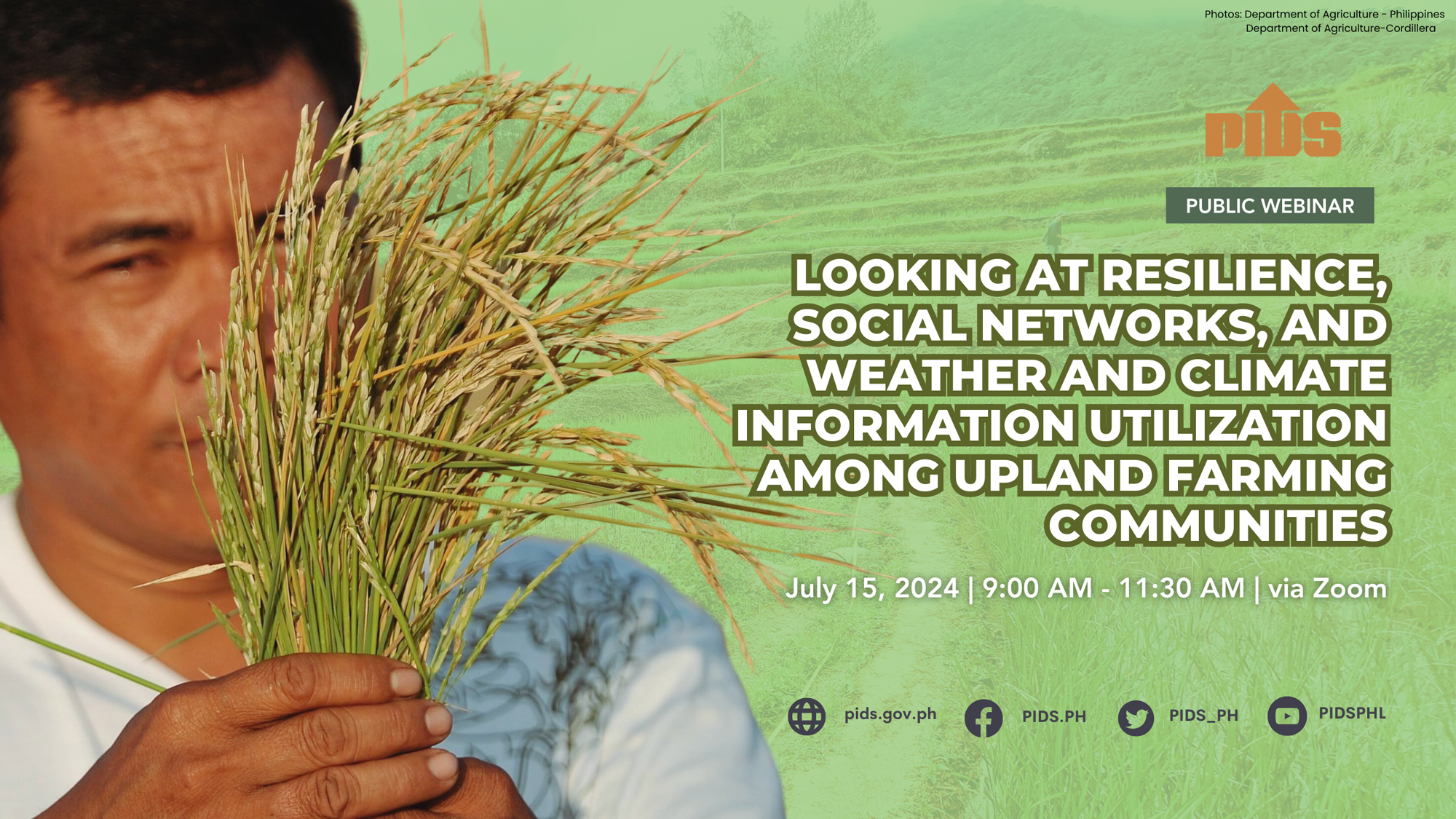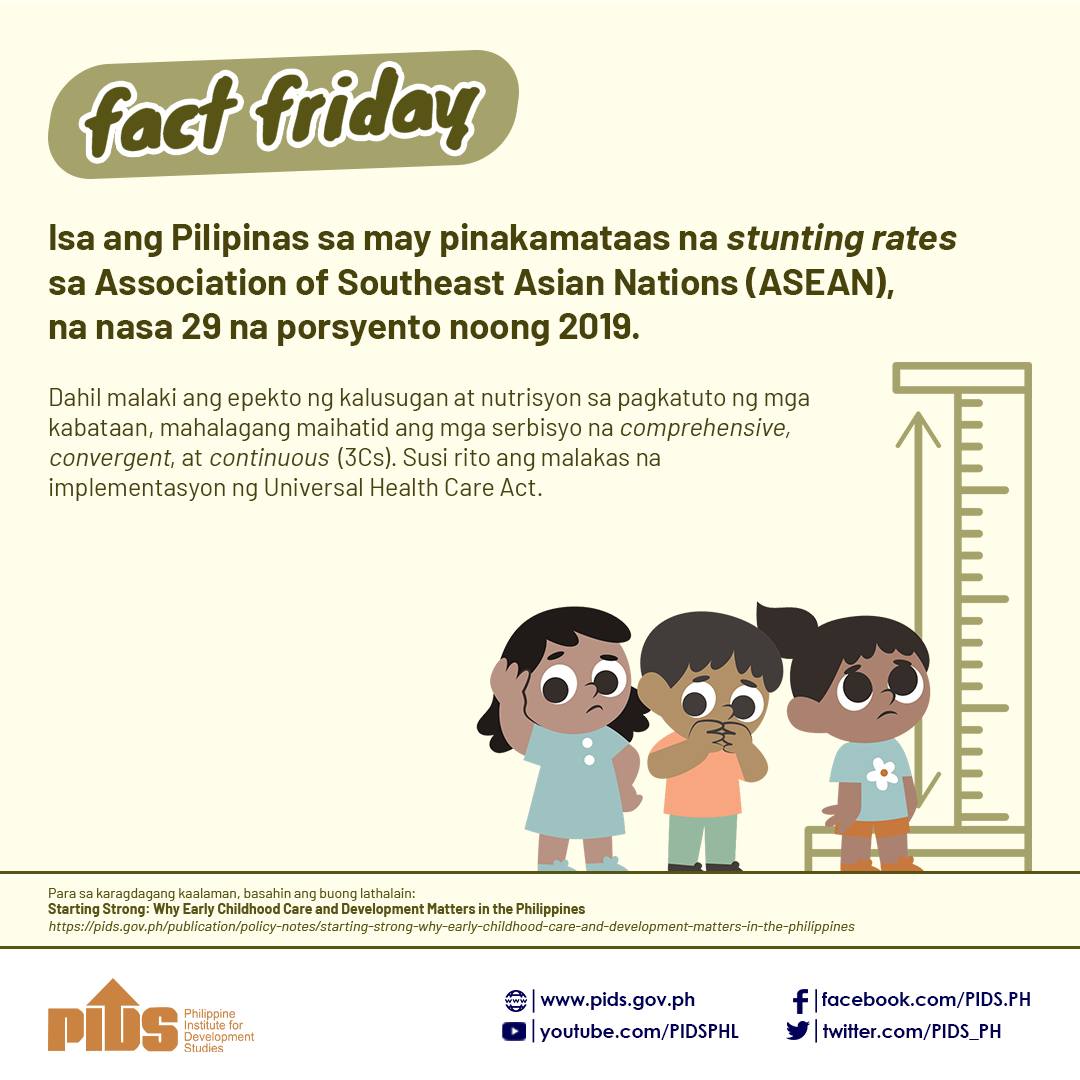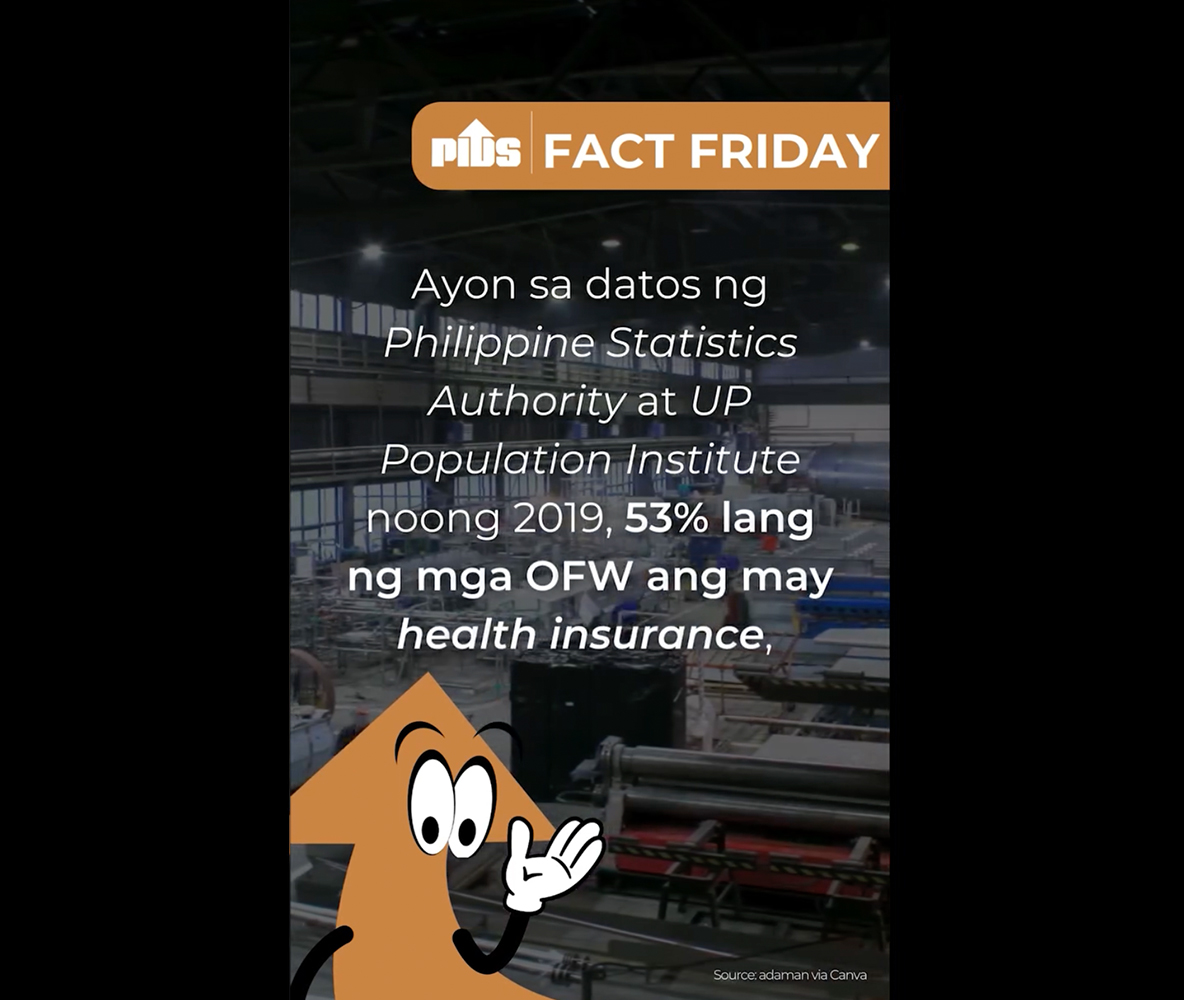Gatchalian made this call as the outgoing Duterte administration seeks a $178.1 million loan from the World Bank to address Filipino children’s stunted growth. The loan will fund a proposed multi-sectoral project that will be led by the Department of Health (DOH) and the Department of Social Welfare and Development (DSWD).
Citing the World Health Organization (WHO) and UNICEF, Gatchalian emphasized that stunting affects the cognitive development of children which can be seen in their performance at school. The lawmaker recalled that nine out of 10 Filipino children aged 10 cannot read or understand a simple story. This translates to learning poverty of 90.5%
According to a 2021 World Bank (WB) report entitled Undernutrition in the Philippines: Scale, Scope, and Opportunities for Nutrition Policy and Programming, around 30 percent of children in the Philippines under the age of five are stunted or being too short for one’s age.
For Gatchalian, the incoming administration should ensure the effective implementation of Republic Act No. 11148 or the Kalusugan at Nutrisyon ng Mag-Nanay Act, also known as the First 1,000 Days Law. The law, which Gatchalian co-authored, seeks to scale up nutrition interventions in the first 1,000 days of a child’s life.
Stunted growth accompanies severe irreversible physical and cognitive damage. WHO pointed out that stunting is an irreversible outcome of inadequate nutrition and repeated bouts of infection during the first 1,000 days of a child’s life.
“Mahalagang tutukan natin ang kalusugan at nutrisyon ng mga bata mula sa panahong ipinagbubuntis sila, lalo na’t malaki ang epekto nito sa kanilang kakayahang matuto. Kailangang tiyakin natin na may sapat na partisipasyon at kakayahan ang ating mga komunidad, kabilang ang mga lokal na pamahalaan, upang pangalagaan ang kalusugan ng kabataang Pilipino,” said Gatchalian.
In 2018, the Philippine Institute for Development Studies (PIDS) recommended interventions such as additional investments in local data for decision-making, effective mechanisms for identifying potential clients, improved systems for monitoring and evaluation, and timely technical assistance from national agencies and development partners.












